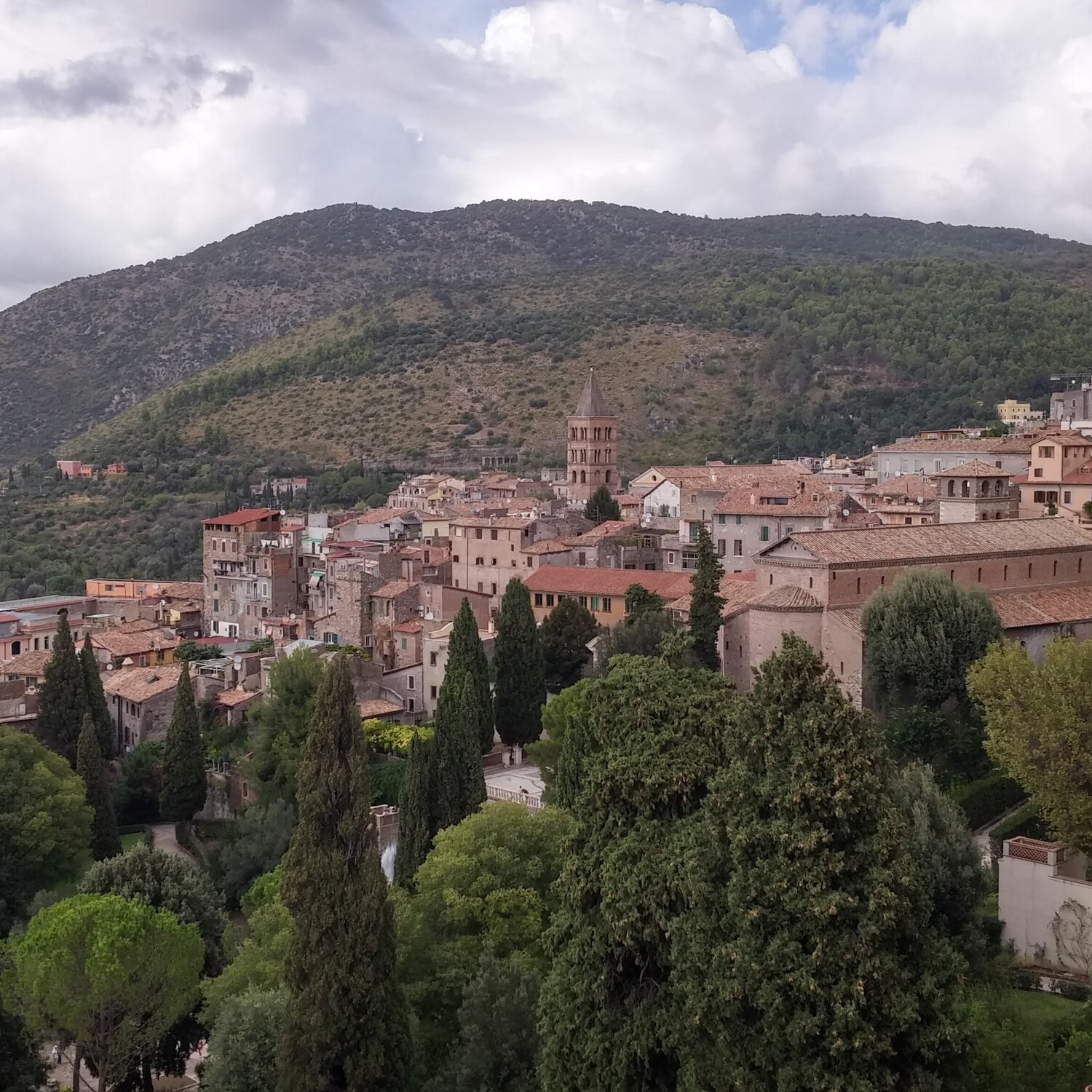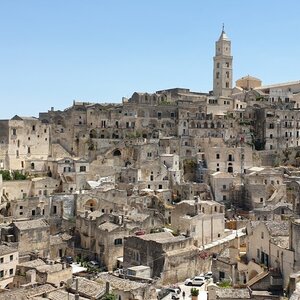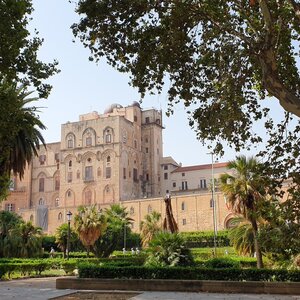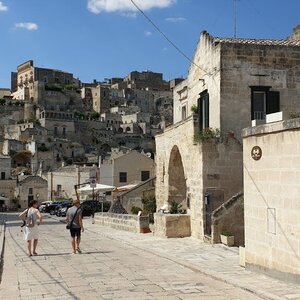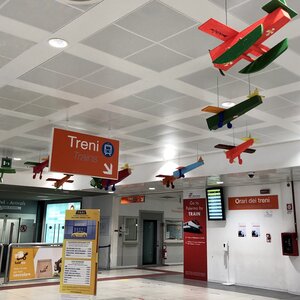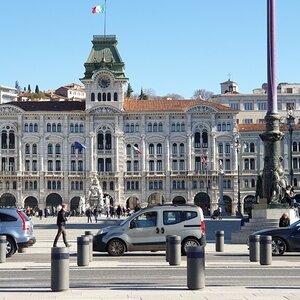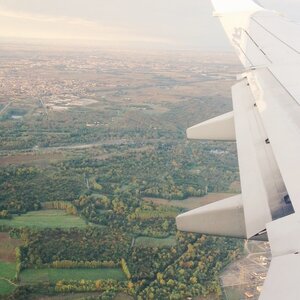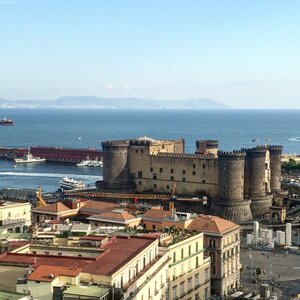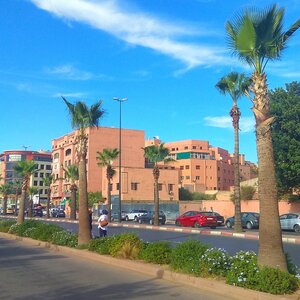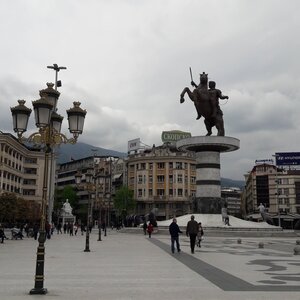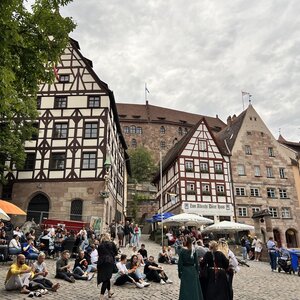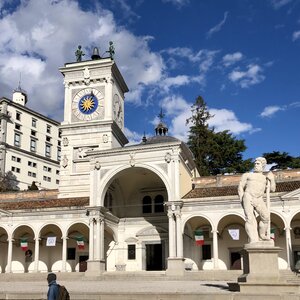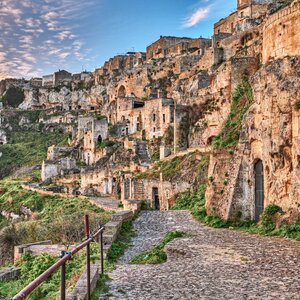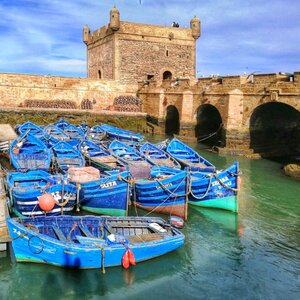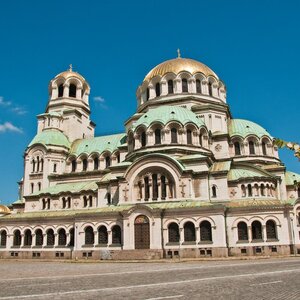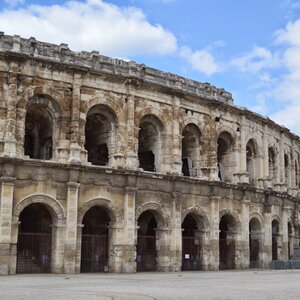Surprisingly, even though Tivoli is at the top of the «where to go from Rome for a day» lists in almost all guidebooks, there is very little information about the city itself. The scant information is limited to the fact that:
- Tivoli used to be called Tibur and is older than Rome — it was founded in the 13th century BC.
- In Latin times, Tibur competed with Rome for influence in the region, but was nevertheless conquered by the Romans in the 1st century BC, and subsequently came under Papal rule.
- The breathtaking scenery and mild climate have always attracted the nobility and bohemians: Horace, Maecenas, Catullus lived here, the Roman Emperor Augustus turned the town into a fashionable vacation spot for the Roman aristocracy, and the Emperor Hadrian built a huge villa, the largest of the surviving ones, which Unesco calls the best example of an imperial country villa of the Roman era.
- Over time, the name Tibur was transformed into Tibori, Tiboli and finally Tivoli, but the inhabitants of the town are more often referred to today as Tiburtians.
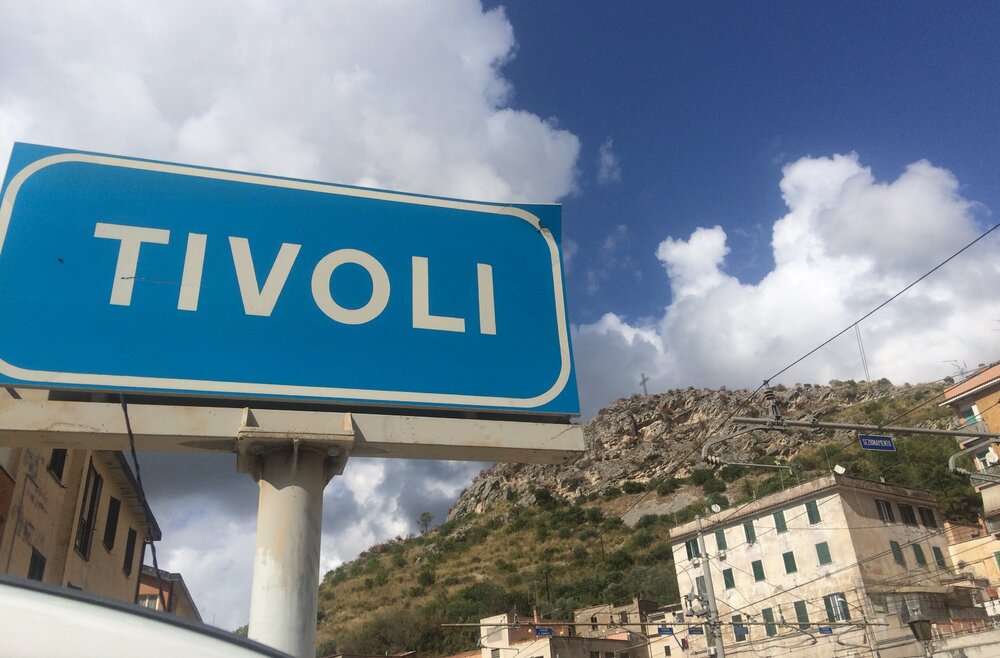
The list of attractions in Tivoli also goes from one guidebook to another: Hadrian’s Villa, the castle of Pope Pius II (1458—1461), Villa d’Este (XVI century) and Gregorian Villa (XIX century). To see the 3 villas and the historical center of Tivoli, it is recommended to book 2 full days or a comprehensive tour: all villas are quite large, and they are scattered far from each other. We didn’t have so much time, and we came to Tivoli only for the sake of Villa d’Este, as the most spectacular urban object, a masterpiece of Renaissance garden architecture, a forerunner and prototype of Versailles, Peterhof and many other European gardens.
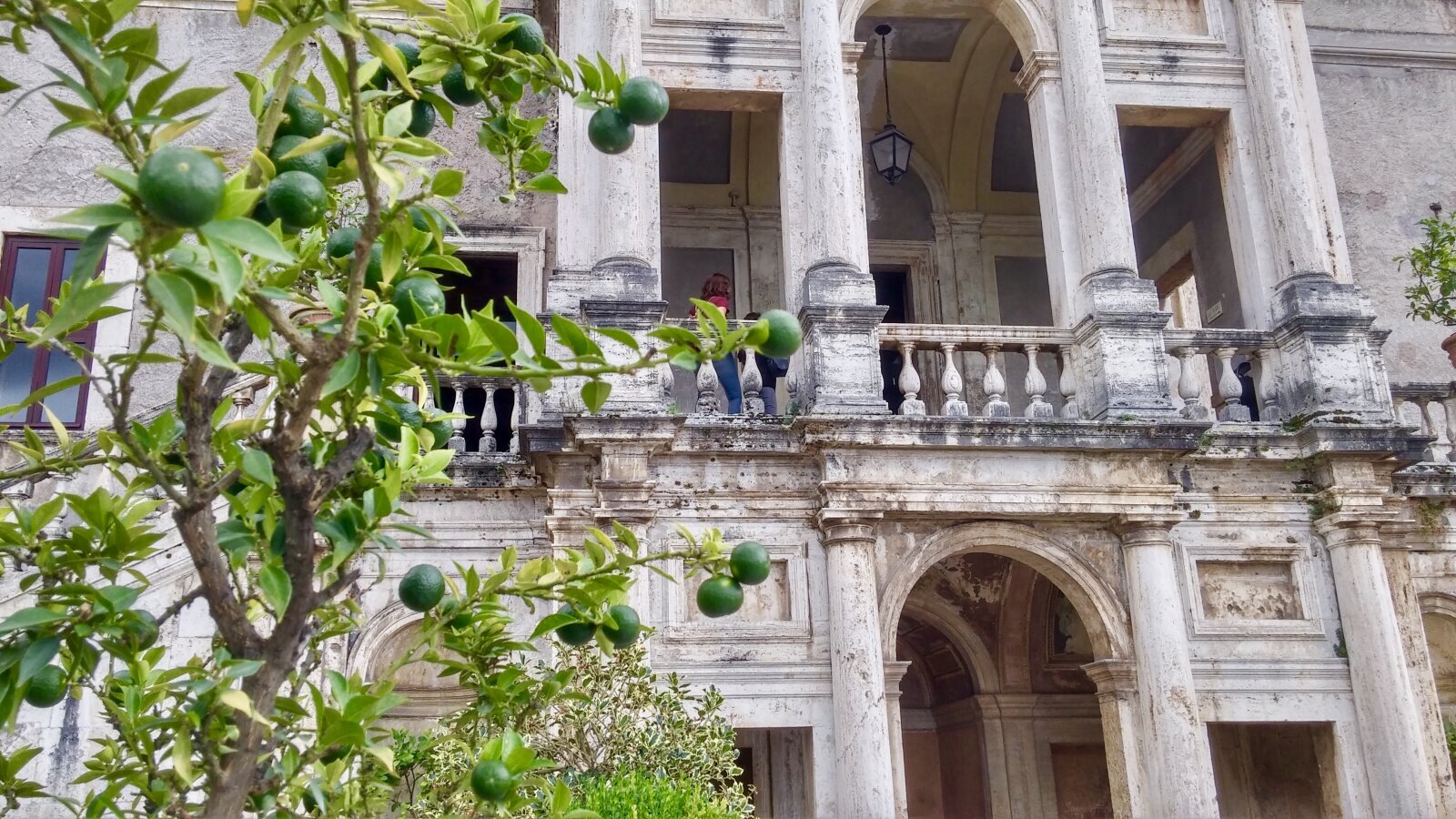
Tivoli stands on the river Aniene (Aniene or Anio, in Italian Aniene). This mountainous river with its verdant banks forms waterfalls that can be seen 5 minutes from the train station. And there are many waterfalls here. Today, the river is curbed, its course has been changed, the river is quite calm within the city limits, and the waterfalls, which once destroyed the banks and grottoes, are now taken outside the city. But back in the XIX century, the temper of the turbulent mountain river killed many Tiburtians in a devastating flood.
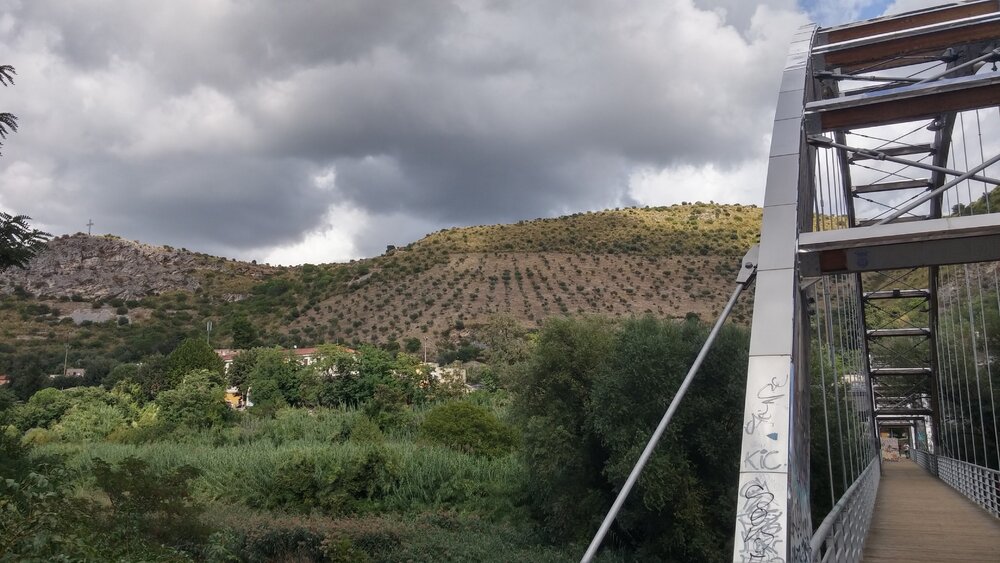
What has made Tivoli so attractive to prominent people throughout the ages is clear as soon as you approach the town: such picturesque scenery, clean air and so close to the center of Italian political life of all times, there is probably no other place like it. This magnificent scenery opens up almost everywhere from the city. Probably the best view of the campagna di Roma is from the terrace at piazza Garibaldi.
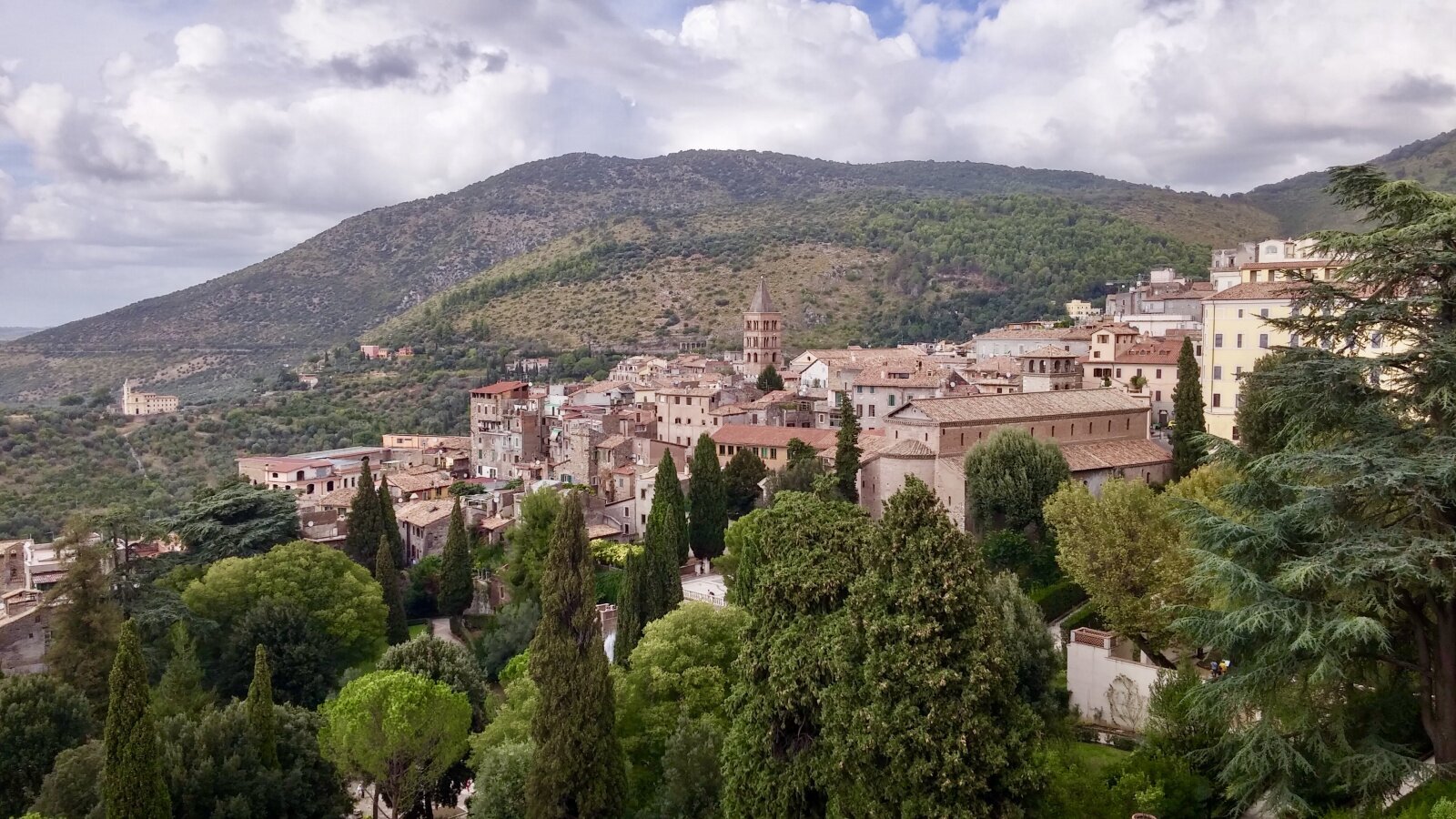
What to see in Tivoli
September Tivoli greeted us with a heavy, cloudy sky. However, already on the approaches to the town, when the train took us past a waterfall that was completely unexpected and perhaps that is why it was so amazing for us, it became clear that it is not only Villa d’Este that is worthy of attention here. This waterfall it is at the Villa Grigoriana, which we had not planned to visit.
Judging from the map, to pass close to the Villa Gregoriana and the Temple of Vesta, we had to turn right from the railroad station and walk to a bridge with inspiring views of the waterfall, but we didn’t get to town until around 3pm and didn’t have time to experiment.
When we arrived at the train station, we turned left and went straight into the city. The historical center of the town is typical Italian: old houses, flowers at the doors and on the walls, cobbled narrow streets. Even the unkept walls do not spoil the impression of the «playfulness» of the town. Incredibly cozy, quiet, peaceful. Even if you have only a half-hour walk at your disposal.
Tivoli was heavily damaged during World War II, and now the town bears the marks of many different times. There are antique columns built into the houses of the Middle Ages and Renaissance, with 18th- and 19th-century superstructures rising above them; there’s a perfectly preserved Gothic house, a dozen Catholic churches from different periods, and a cute, playful historic center.
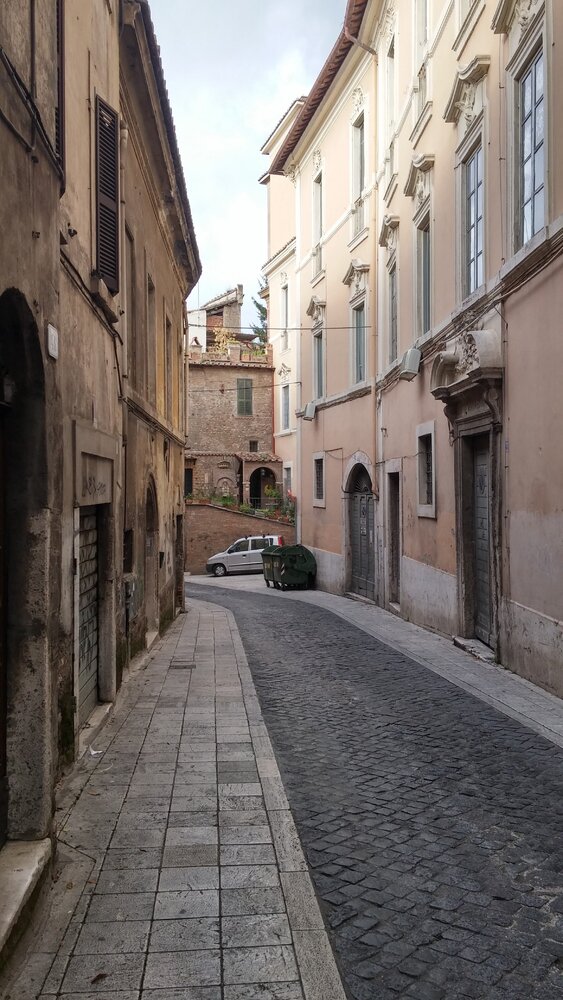
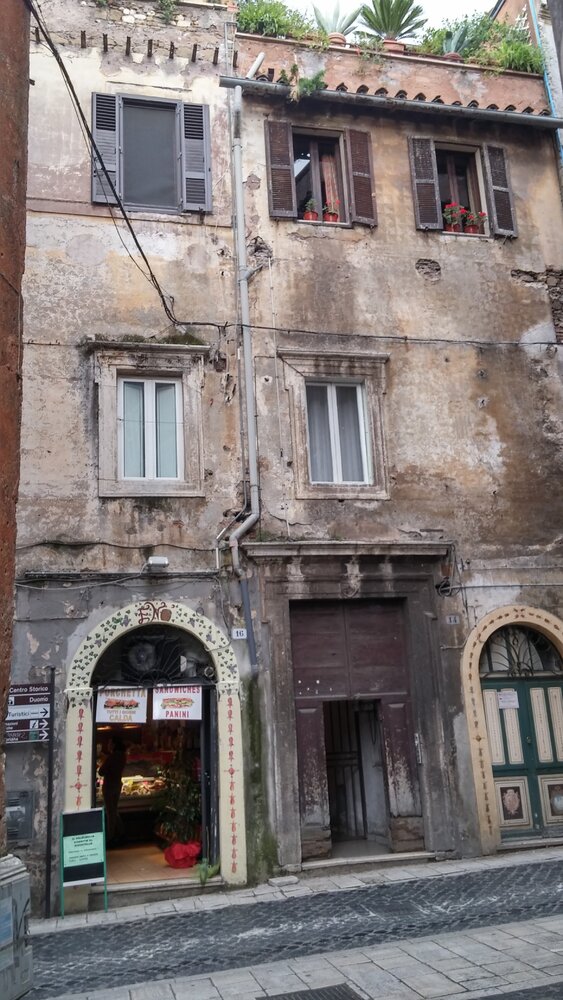
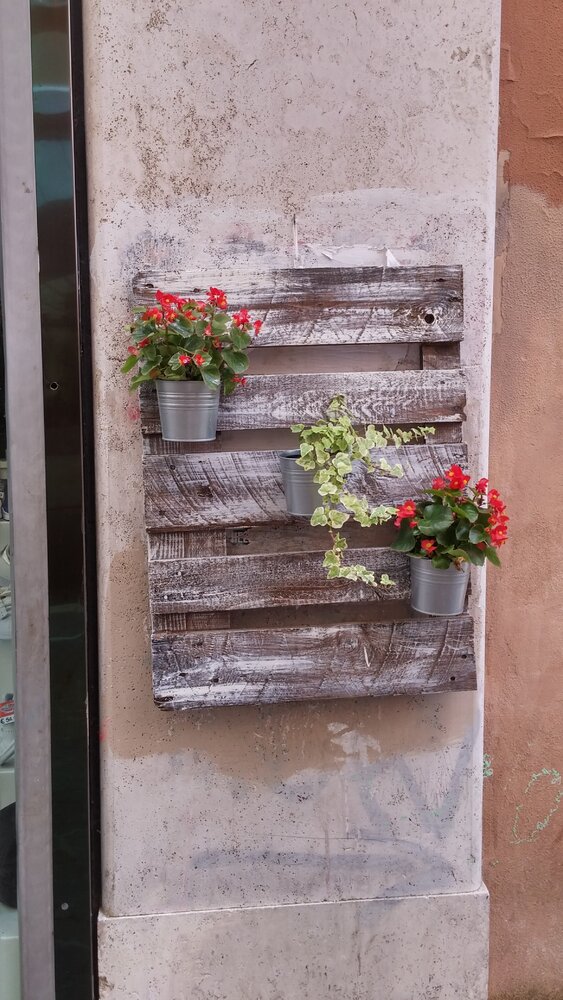
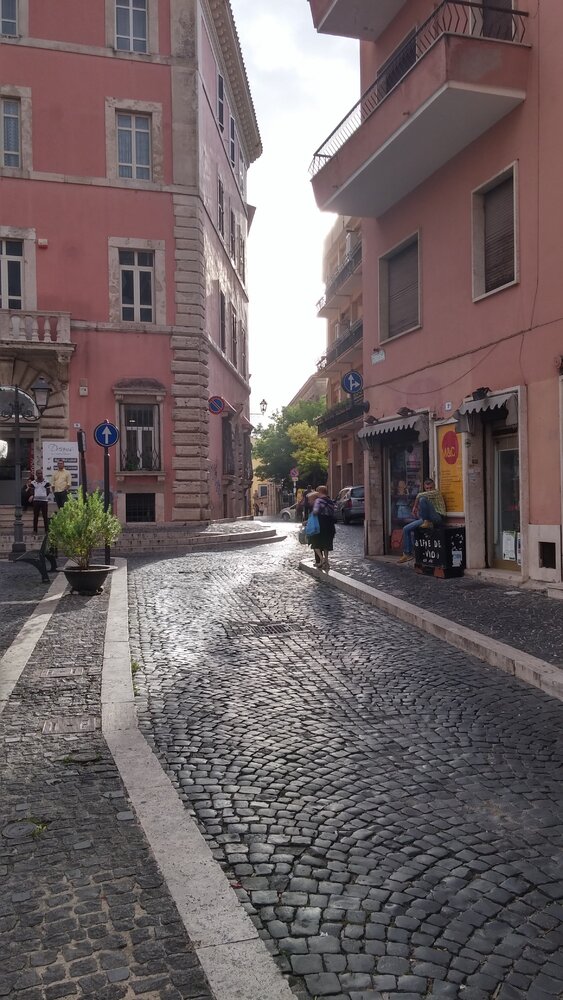
All of this is mixed with modern art. Right opposite the exit from the Villa d’Este there is an ugly bust in a puddle, which was supposed to be a fountain, and on Piazza Garibaldi in 2007 they erected the Arco dei Padri Costituenti (Arch of the Founding Fathers). Its author is the famous Italian sculptor Arnaldo Pomodoro, the author of the balloon in the Vatican Gardens. Behind the arch the massive towers of the castle of Pope Pius II, more often called Rocca Pia, are visible. You can walk there too, if time permits.
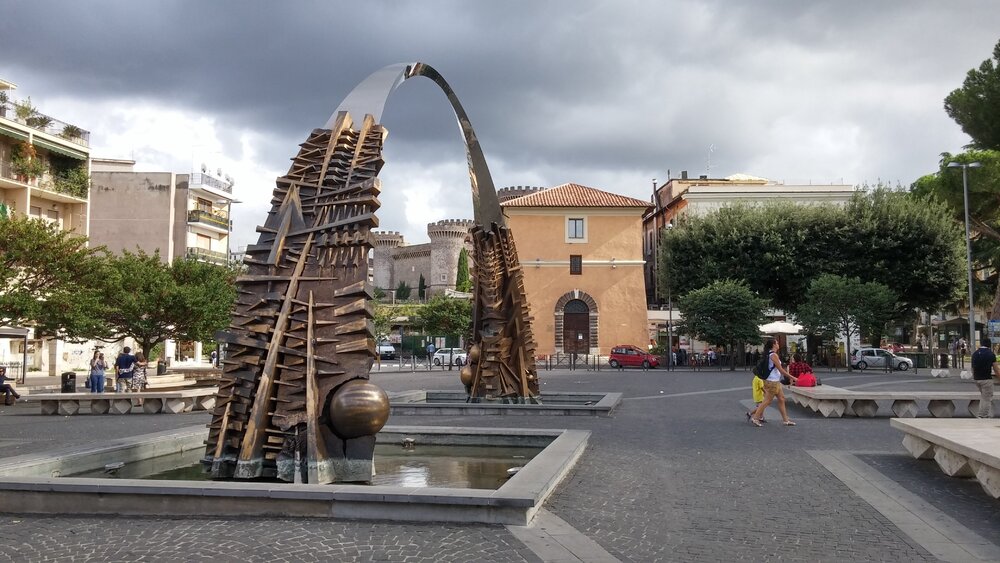
Villa d’Este
The villa was built by Cardinal Ippolito II d’Este, son of Lucrezia Borgia and grandson of Pope Alexander VI. The wealthy cardinal patronized artists and collected antiquities, and he retired to Tivoli after his defeat at the papal conclave, when the papal tiara went to his rival.
The entrance to the villa is from the side of the church of Santa Maria Maggiore. During the Cardinal’s time, this entrance was the emergency entrance, and guests entered the park at the bottom and climbed up, looking at the villa from below.
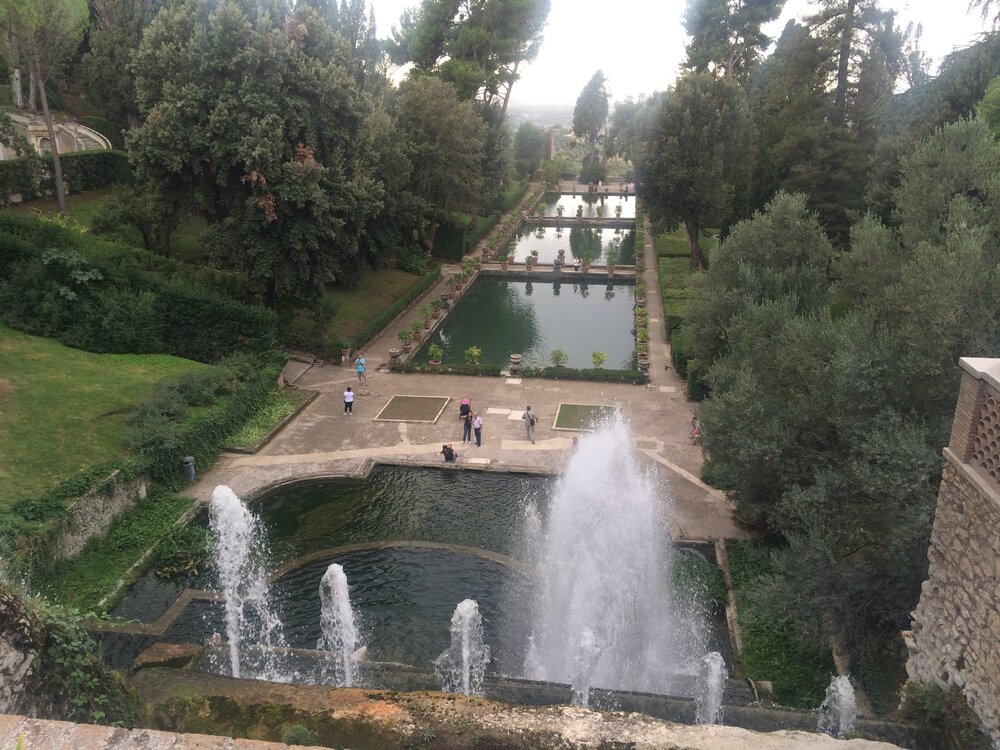
The villa is a former monastery building, which the Cardinal enlarged with loggias and decorated with frescoes. The villa is now almost empty, but the original frescoes have been preserved in good condition.
The most interesting, the main treasure of the villa is its park. As art historians say, the peculiarity of this park for that time is the involvement and participation of the viewer: all the beauty and harmony of 51 fountains with hundreds of cascades and pools could not be covered in one glance, the garden opened to the visitor gradually, from the lower terraces to the upper ones, where they crowned the villa itself. The villa and its park were built on the model of the Villa Hadrian’s Villa, which had been discovered shortly before — the excavations were carried out by the same architect Pirro Ligorio, who built the Villa d’Este, and he also transferred from the imperial villa statues and decorations to the Cardinal’s Villa. The scale and plan of the complex can be seen in an engraving from the late 16th century.
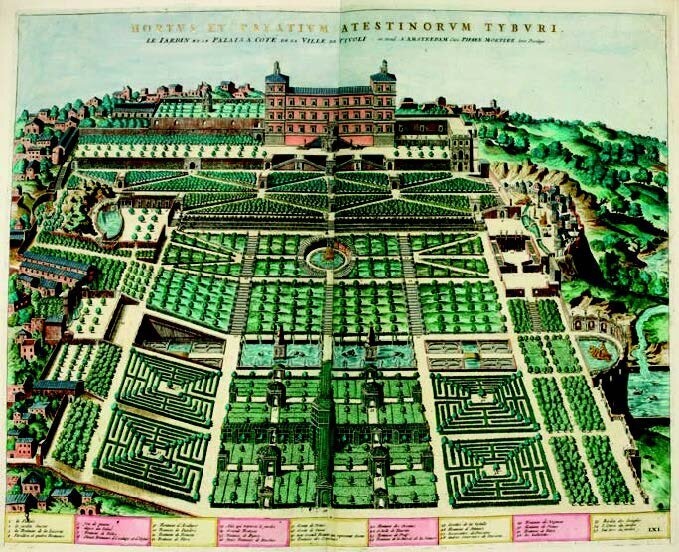
Everything in the gardens obeys the idea of metamorphosis: plants are stones and stones are plants, and at the center of everything is water transformed into sound. A musical fountain that works without pumps, solely by gravity, is a masterpiece of hydraulic engineering. Such constructions are rare even now, and in Renaissance times no one had ever seen such a thing.
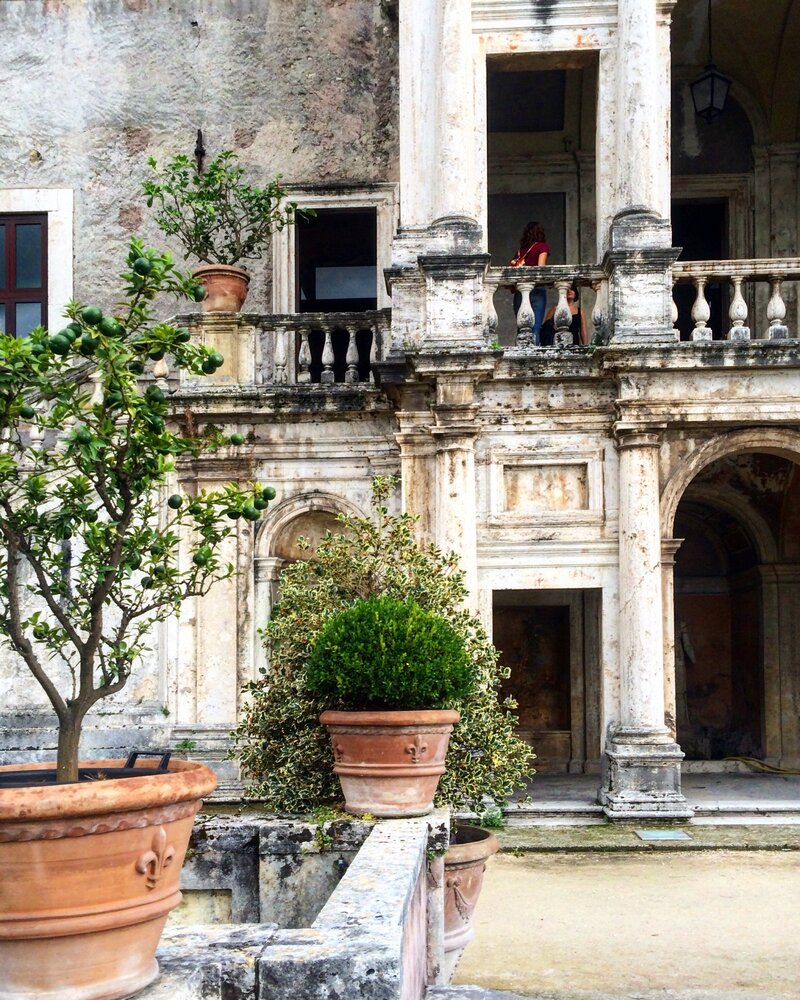
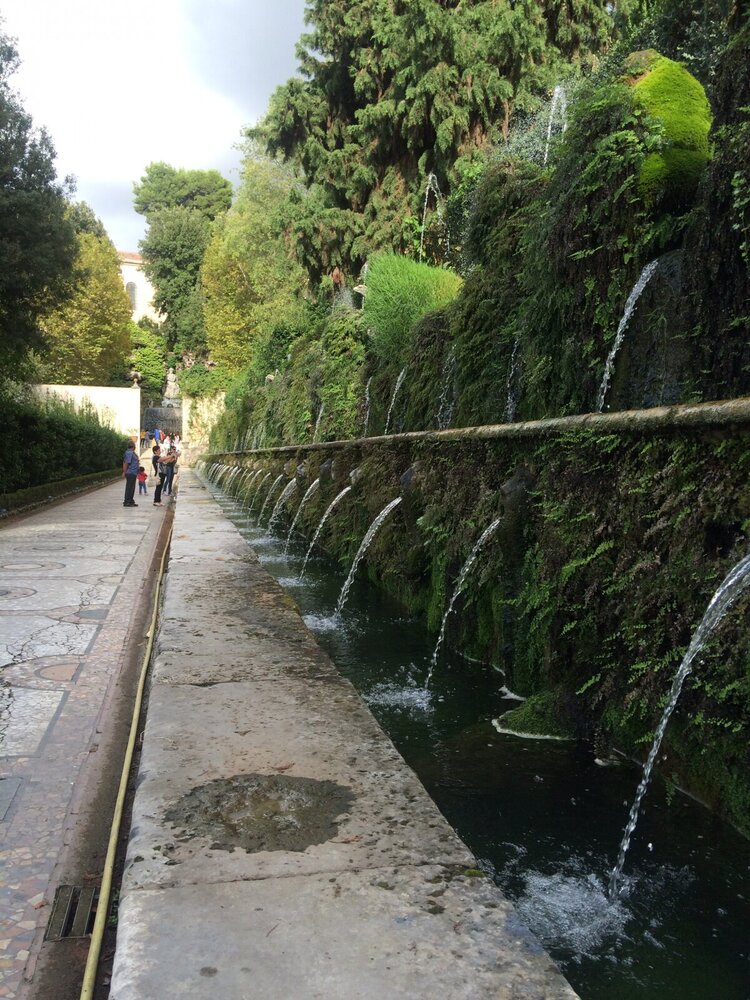
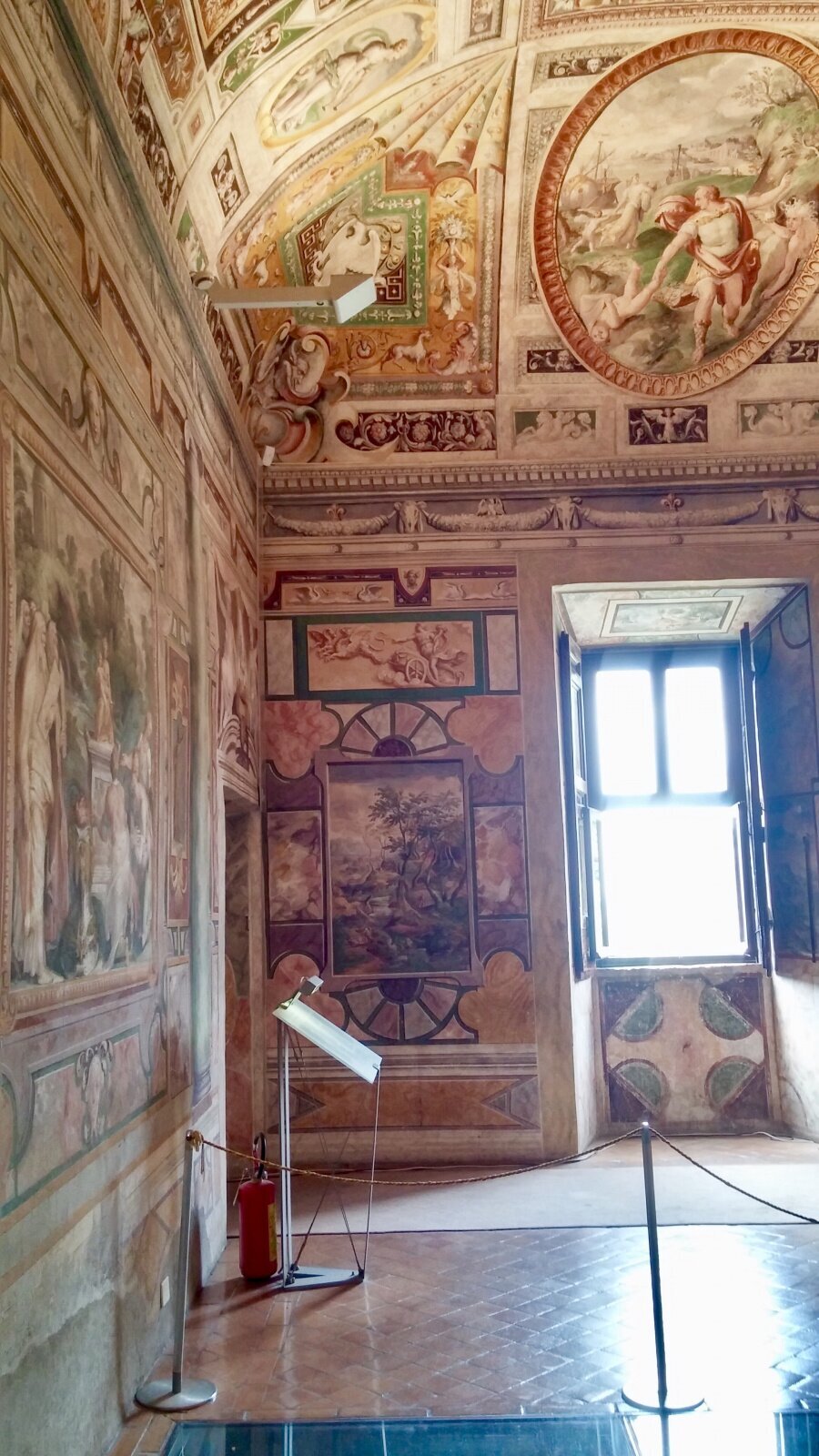
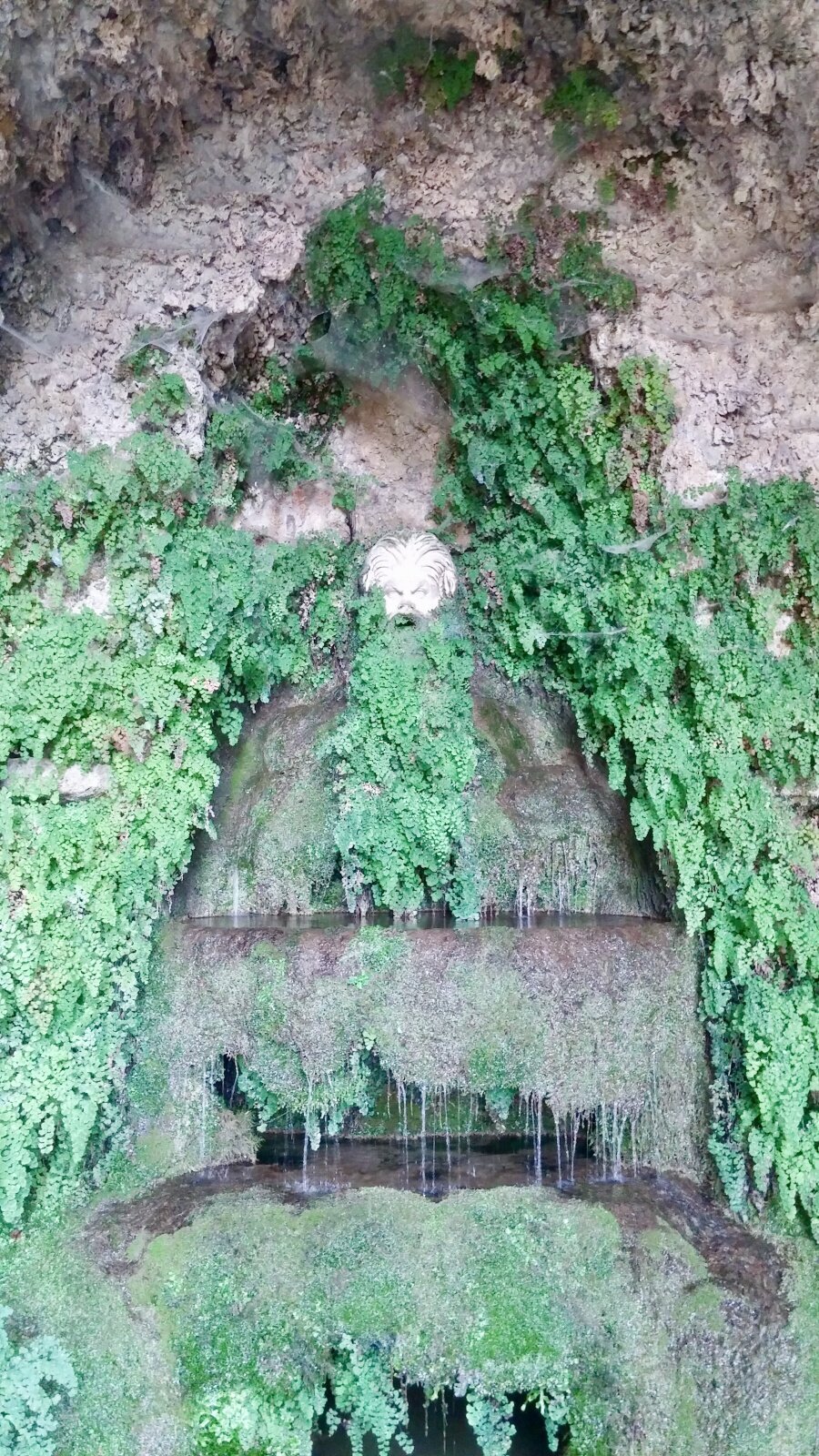
How to get from Rome to Tivoli on your own
Tivoli is a small town 24 km northeast of Rome, with a population of about 60,000. The road connecting it to Rome is still called Via Tiburtina. It is also the name of the second most important train station in Rome: it is from Roma Tiburtina that most trains to Tivoli depart.
From Rome to Tivoli by train
The electric train, or treno regionale, is the most comfortable way to get to and from Tivoli. It runs about once an hour, most departing from Roma Tiburtina, but the cars are comfortable, spacious and there is no risk of traffic jams. There are a few flights a day from Roma Termini station as well, but the number is constantly changing, and on the day of our trip the morning train left too early for us.
Be careful: the trains to Tivoli leave from the outermost platforms Est 1 — Est 3, the signs to them are not clear enough.
You can buy tickets for the train at the Trenitalia ticket machines at the station. Pay attention to the train number on the timetable: Tivoli is not the final station for all trains, some trains go to Pescara and they leave from a neighboring platform.
- Schedule and ticket price of Trenitalia regional trains
- Ticket for the train: from 2.6 €. Don’t forget to stamp your ticket at the station before boarding the train, otherwise you will be fined.
- Travel time: 36—70 minutes
The electric train comes to the station, which is on the outskirts of the city. It takes about 20 minutes to walk to the historical center. Don’t get the stations mixed up: the Bagni Di Tivoli station is a bit earlier on the way. You should go there only if your goal is Tivoli thermal springs and SPA-hotels standing on them. There are no attractions here.
From Rome to Tivoli by bus
Another option to get to Tivoli is the bus. It leaves every 20 minutes from Ponte Mammolo station, which can be reached by metro: blue line towards Rebibbia, get off at Ponte Mammolo station. Ask for bus tickets at the nearest pizzeria and at the newspaper and tobacco kiosk. The journey takes between 30 minutes and 1.5 hours depending on the day of the week and time of day. According to reviews, the bus can cause traffic jams on the busy Via Tiburtina highway, and buses are used by locals, so there is a chance of standing and elbowing.
- Check the schedule on the Cotral website
- The ticket must be validated on the bus next to the driver.
The bus will take you directly to piazza Garibaldi. This is not the final stop, but it is the closest to both Pope Pius II’s castle and Villa d’Este.
To prepare for a trip to Tivoli:
- Online ticket booking for Villas d’Este, Grigorian and Hadrian’s Villas
- Trenitalia regional train schedule and ticket prices

